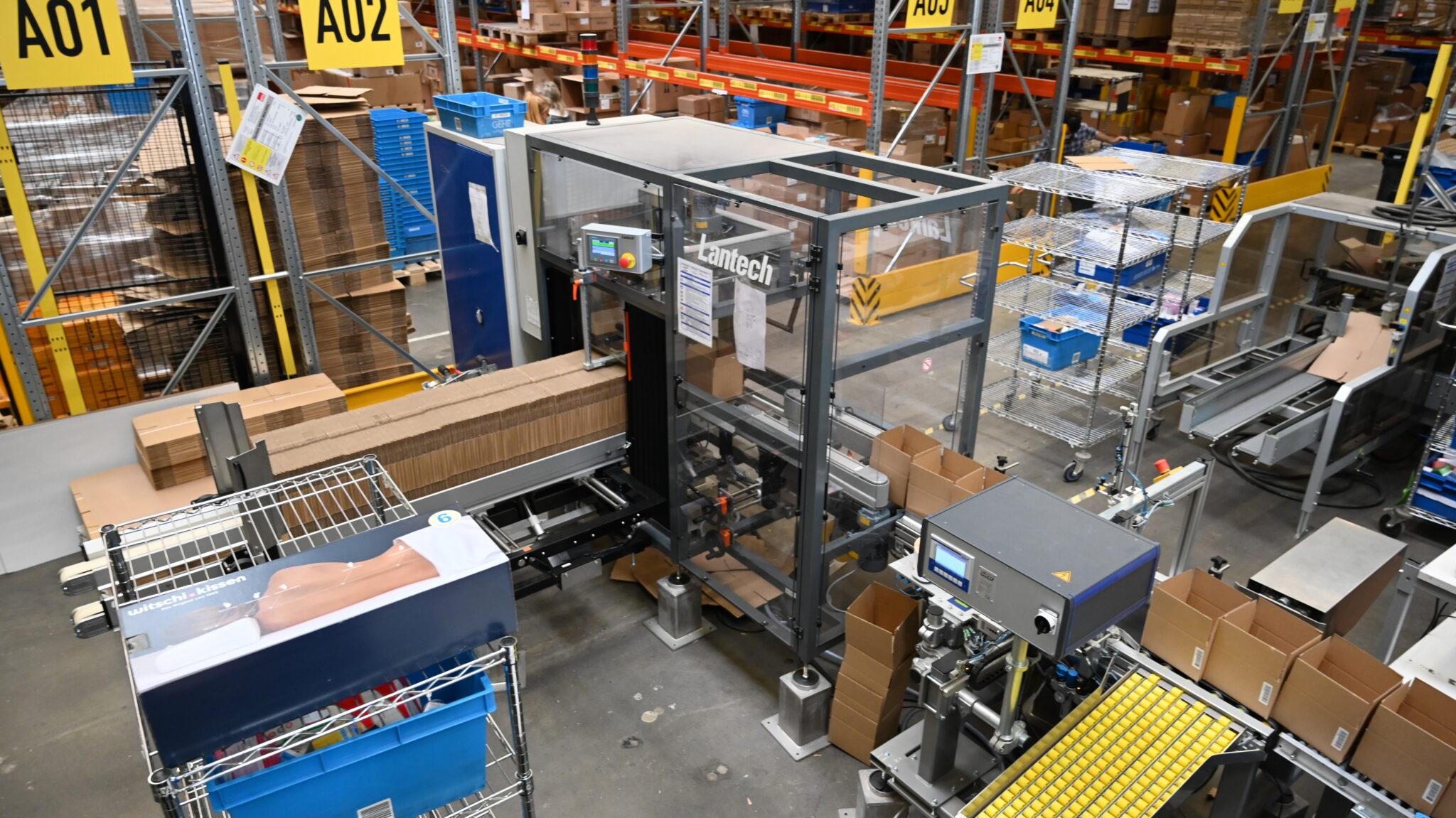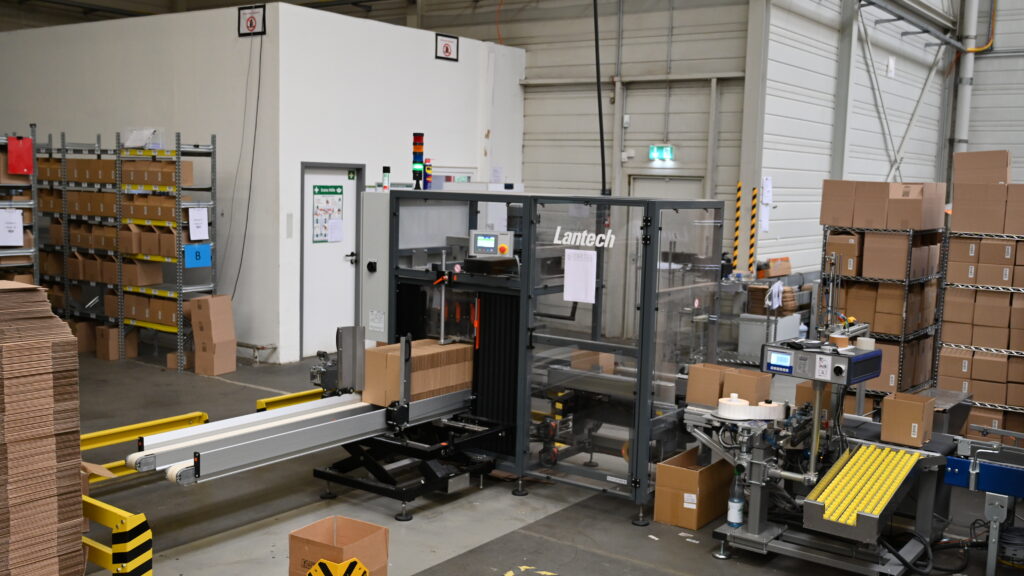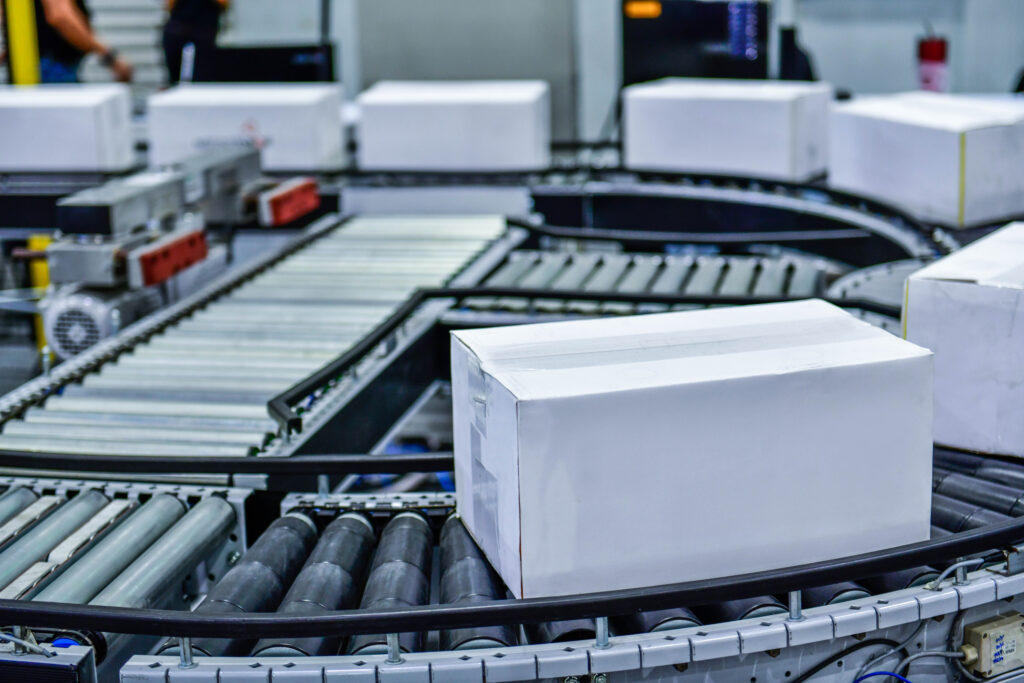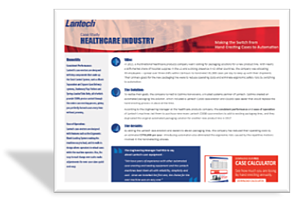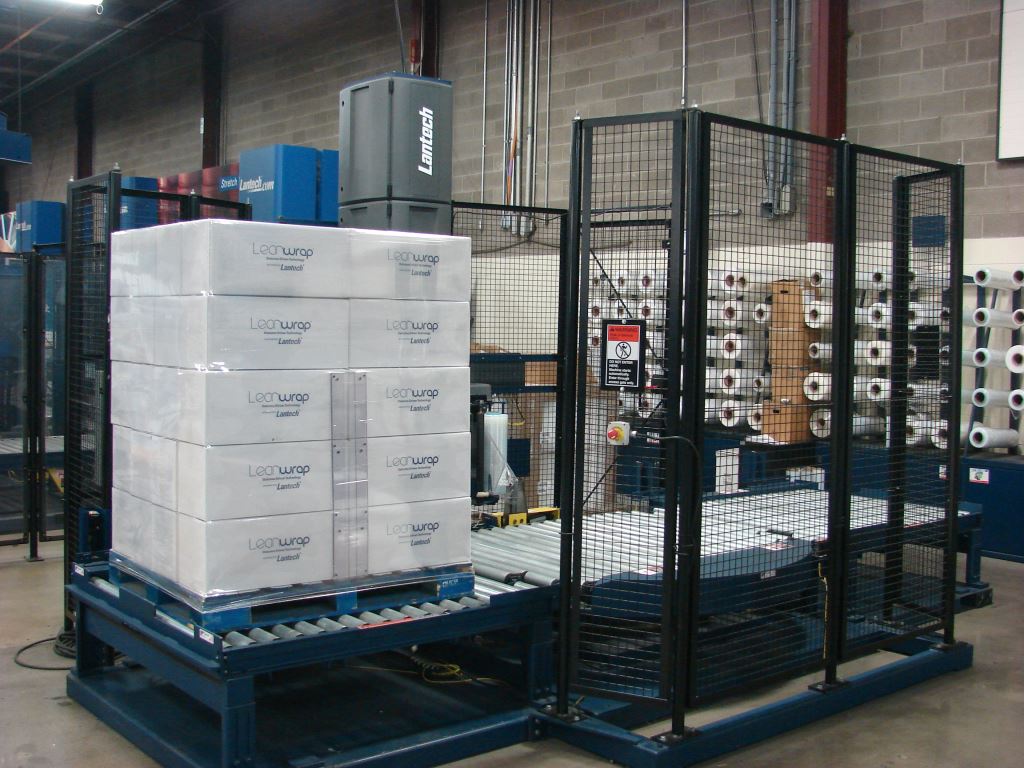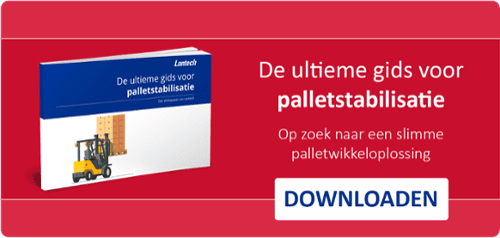For operations struggling to keep up with growing packaging demands, the debate between manual box assembly vs automated case erecting has never been more relevant.
Manual case building may seem flexible, but as volume increases, it often becomes a bottleneck—introducing inefficiencies, ergonomic issues, and inconsistent output.
Automated case erecting machines, on the other hand, can transform productivity. They deliver the speed, precision, and repeatability necessary for modern packaging lines. But automation isn’t always a one-size-fits-all solution. The right choice depends on your throughput requirements, labor availability, and product mix.
In this article, we’ll explore what truly separates manual and automated case erecting, highlight the measurable gains in case erector efficiency, and provide a framework to help determine when making the switch makes sense.
Contents
- The Hidden Costs of Manual Box Erecting
- How Automated Case Erecting Machines Improve Efficiency
- Determining When to Automate: Throughput and ROI Considerations
- Managing Box Quality: Why Machine Design Matters
- Real-World Scenarios: Manual to Automated Transitions
- Conclusion
- FAQs
The Hidden Costs of Manual Box Erecting
Many operations begin with manual case erecting because it’s simple, flexible, and requires little upfront investment. Operators fold, square, and tape boxes by hand as needed on the line. However, what appears cost-effective on the surface often conceals significant inefficiencies.
Labor Dependency and Ergonomics
Manual case building is labor-intensive. Each box requires multiple repetitive motions—folding flaps, aligning edges, and applying tape—which over time leads to strain and fatigue. These ergonomic stressors can reduce operator productivity and increase the risk of injury.
Moreover, facilities relying on manual case assembly face labor volatility. It’s difficult to find and retain skilled workers capable of meeting production demand, especially when labor markets tighten. Inconsistent staffing can translate directly to downtime and late shipments.
Inconsistent Quality and Output
Manual methods also introduce variability. Even the most experienced employees can produce irregular box squareness or misaligned tape seals, leading to pallet instability or damaged goods during transport. Over thousands of shipments, that inconsistency adds up to real cost.
Production Bottlenecks
Manual operations hit a ceiling as volume grows. At a certain throughput, the packaging rate simply cannot increase without adding more labor. That limitation often becomes the trigger to explore automation.
How Automated Case Erecting Machines Improve Efficiency
Automation brings consistent speed, precision, and reliability to the case-forming process. Automated case erectors open, form, and seal boxes at a repeatable rate, significantly reducing the need for manual handling.
Controlled Throughput
Lantech offers a variety of case erecting solutions designed to match different production environments, typically operating in the 8 to 30 cases per minute range. This flexibility allows companies to choose the right level of automation for their workflow—whether they need a steady, moderate pace for smaller runs or higher throughput for continuous production.
Beyond speed, automation also transforms how facilities manage space. Many operations that manually build boxes tend to form all of their cases for the day or shift at once, stacking them in large “box castles” to pull from as needed. These towers take up valuable floor space and increase the risk of damage or clutter around the line. With a Lantech case erector producing boxes on demand, cases are formed precisely when needed, eliminating storage piles and creating a cleaner, safer, and more efficient work area.
Labor Efficiency
By automating box forming, operators are freed from repetitive tasks and redeployed to higher-value roles such as inspection, packing, or palletizing. Many facilities see reduced manual workload and smoother line balance.
ROI Through Consumable Savings
Automated case erecting machines also optimize tape and corrugated usage. By properly squaring and sealing the box consistently they reduce overuse of consumables and ensure tighter, more uniform seals. Well designed machines also are more accepting of bad corrugate and reduce corrugated waste—both translating to lower material waste and improved sustainability.
Determining When to Automate: Throughput and ROI Considerations
Every production line reaches a point where manual case erecting can no longer keep pace. Determining whether automation makes sense begins by asking the right questions.
Key Evaluation Factors
- Production Volume: If your facility produces at least 600 cases per day*, automation can stabilize throughput, eliminate costly slowdowns and provide a quick return on investment (usually within 3 years).
- Line Integration: Automation fits best when your line layout can sustain continuous flow. Machines can be sized to match existing footprints, starting with compact, entry-level systems and scaling up as needed.
- Labor Stability: Chronic labor shortages or high turnover accelerate the payoff from automation. Removing manual folding and taping reduces dependence on variable staffing.
- Ergonomic Impact: Automation improves working conditions by eliminating repetitive, high-strain motions—supporting better retention and employee health.
| Situation / Indicator | Should You Automate? |
| Forming more than 600 boxes per day* | ✅ |
| Forming less than 600 boxes per day* | ❌ |
| Preparing for production growth | ✅ |
| Operations are highly seasonal | ❌ |
| Struggling to find consistent labor | ✅ |
| Interested in using labor for higher-value functions | ✅ |
| Manual setup already meets production needs | ❌ |
| Wanting consistency in formed cases | ✅ |
*600 boxes per day (one 8-hour shift) is a general break even point for automating with a Lantech Case Erector, considering that the average person can make 3 cases per minute but also takes breaks throughout their shift. This can vary customer to customer depending on the process and employee situation. Utilize Lantech’s automatic case erector savings calculator to understand what you could save in labor costs annually and find your break even point.
Return on Investment
While every operation’s ROI is unique, the primary contributions come from labor reassignment, reduced downtime, and material savings. Real-world confirmation of ROI typically depends on actual line measurements and baseline data.
Managing Box Quality: Why Machine Design Matters
Not all boxes are created equal. Variations in corrugate quality can cause box openings to skew or jam. That’s why machine design plays a critical role in maintaining uptime.
Handling Variable Carton Quality
A key consideration when evaluating automation is how it handles less-than-perfect boxes. In practice, no production line uses perfectly formed blanks every time. Well-designed automated case erectors are engineered to manage small inconsistencies in corrugate quality, maintaining uptime and minimizing jams.
High-performance case erectors are engineered to detect and manage malformed boxes—stopping when necessary instead of compounding problems. This prevents downstream disruptions and allows operators to address issues quickly.
Minimizing Downtime
When lower-quality boxes are fed into some machines, jams can cascade, causing extended downtime. Advanced erectors reduce this risk with tools such as vacuum-assist pickup arms and intelligent sensors that identify and reject problematic cases before they reach critical components.
This predictive handling preserves uptime and protects the rest of the packaging line—a key advantage for operations where reliability equals profitability.
Real-World Scenarios: Manual to Automated Transitions
To illustrate the shift from manual to automated case erecting, consider two real-world environments that made the transition from manual to automated case forming.
Scenario 1: Scaling a Growing Product Line
Bunnik Plants, a company selling house plants in The Netherlands, was manually erecting and sealing boxes which was slow, demanding on their employees and often required additional temporary labor to meet demand needs.
By adding both a Lantech Case Erector and Case Sealer, the company:
- created a better working environment for their employees
- reallocated employees to higher-value jobs,
- and gained capacity to maintain existing demand as well as future growth.
Read the case study here.
Scenario 2: Making the Switch Hand-Erecting Cases to Automation
In another instance, one multinational healthcare products company wanted to reduce operating costs and eliminate ergonomic safety risks by switching to automation on their new line. Prior to automation, the company was allocating 33 employees—spread over three shifts within 24-hours—to hand-erect 81,000 cases per day to keep up with their shipments.
They added in a C2000 Case Erector and CS1000 Case Sealer to replace the hand erecting process. The consistent performance and ease of operation of these first machines led the company to duplicate the solution to a total of 11 packaging lines throughout the company.
Read the case study here.
Conclusion
Manual erecting has a place in small or flexible production environments—but as volume grows, it often becomes a source of lost time, operator fatigue, and inconsistency.
Automated case erecting systems answer those challenges by providing consistent output, predictable sealing, and ergonomic safety. By removing variability and manual strain, packaging teams gain both efficiency and operational clarity.
Before choosing a direction, benchmark your current manual output, material usage, and changeover delays. Then compare those figures against what an automated case erector can achieve at your pace and scale.
Ready to evaluate if automation fits your packaging line?
Learn more about Lantech’s case erecting solutions or talk to our Pro Team and explore the impact automation could make for your operation.
FAQ
1. Why should I automate my case erecting process?
Automation removes repetitive manual tasks, reduces ergonomic strain, and improves overall packaging consistency. Over time, these benefits lead to measurable gains in uptime and labor cost reduction.
2. How many cases per minute can a case erector produce?
Machine speed depends on the model and configuration, typically producing between 8-30 cases per minute.
3. How does automation handle imperfect boxes?
Modern automated erectors manage inconsistent corrugate and defective blanks more effectively than manual methods, preserving uptime and minimizing disruptions.
4. When is the right time to switch to automation?
When manual assembly can no longer meet daily output targets or when ergonomics and labor stability have become operational challenges—usually when 600 boxes are needed per day*—automation usually delivers immediate benefits.
*600 boxes per day (one 8-hour shift) is a general break even point for automating with a Lantech Case Erector, considering that the average person can make 3 cases per minute but also takes breaks throughout their shift. This can vary customer to customer depending on the process and employee situation.
5. Can automation fit in my existing floor plan?
Yes. Compact and modular case erectors can be designed to fit constrained floor spaces, starting at footprints around 7’x7’ (2.13 m × 2.13 m), allowing easy integration into current layouts.
